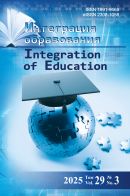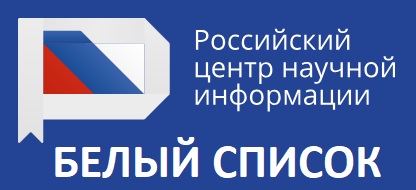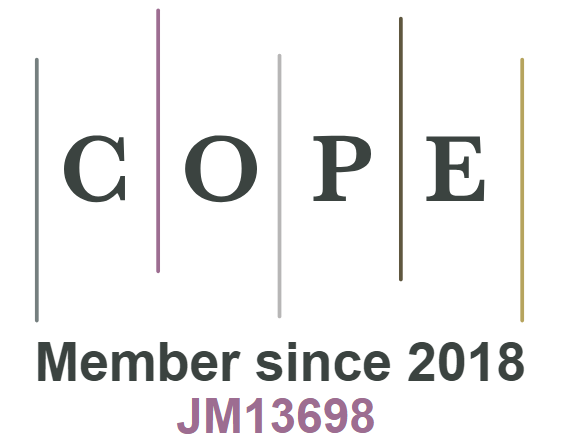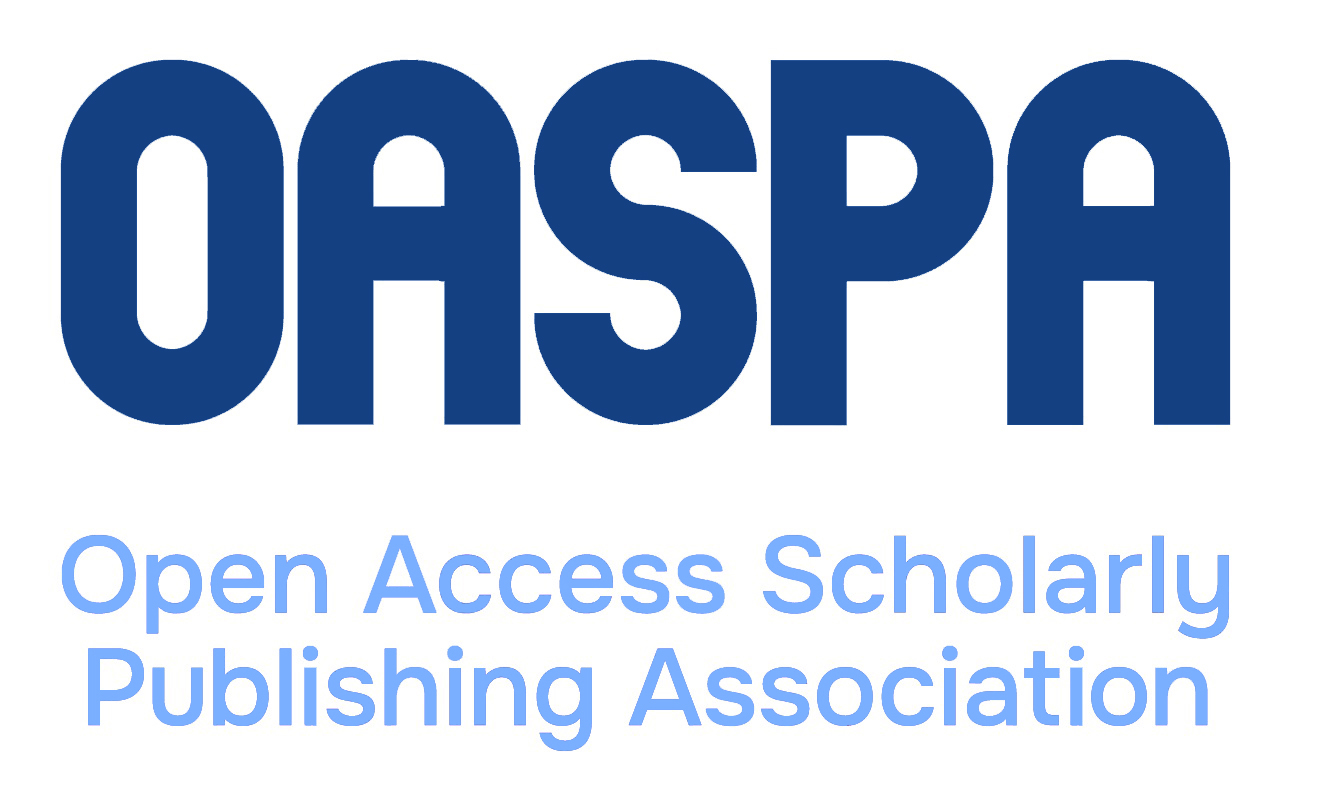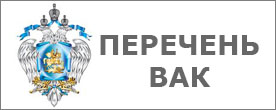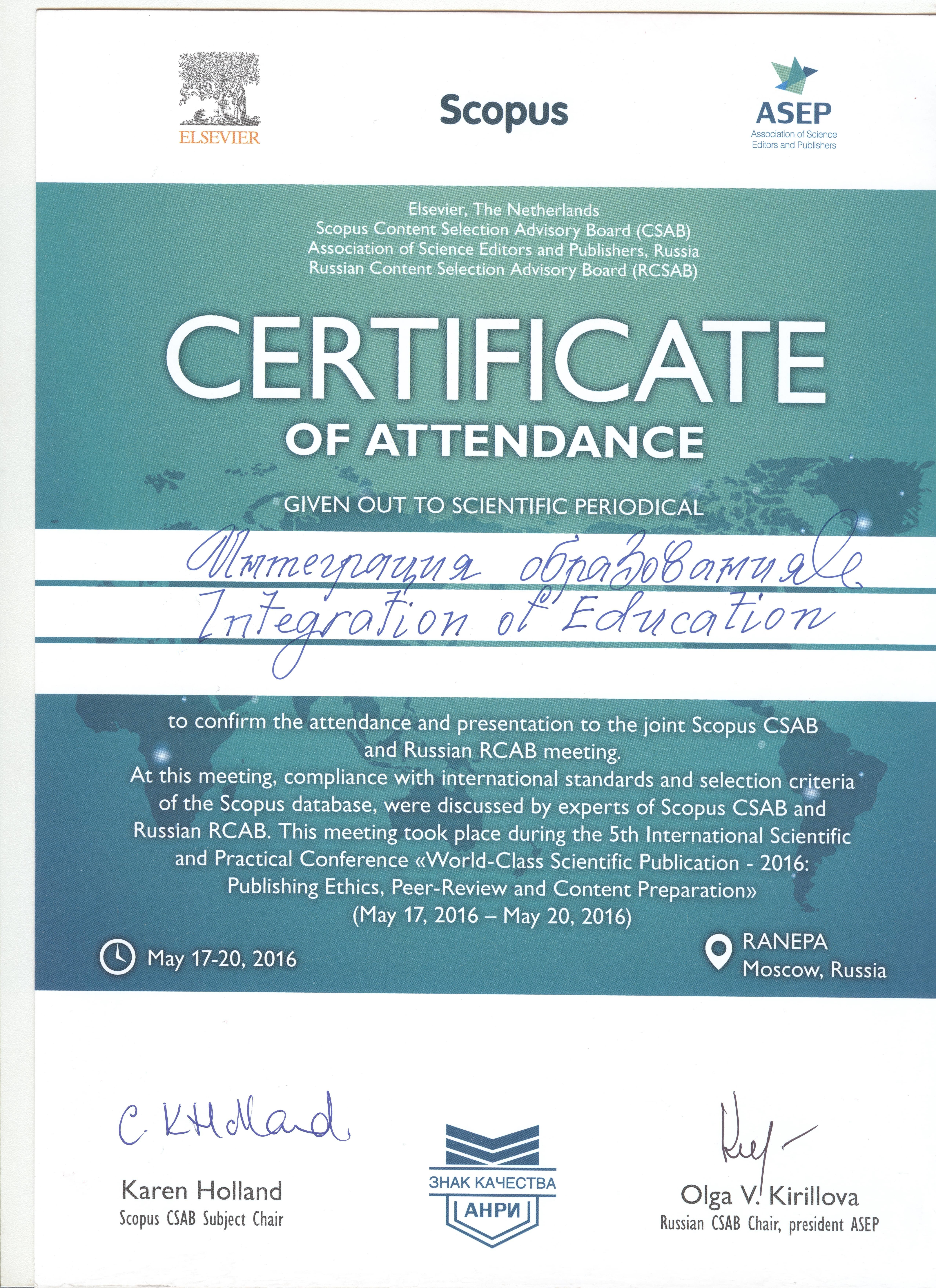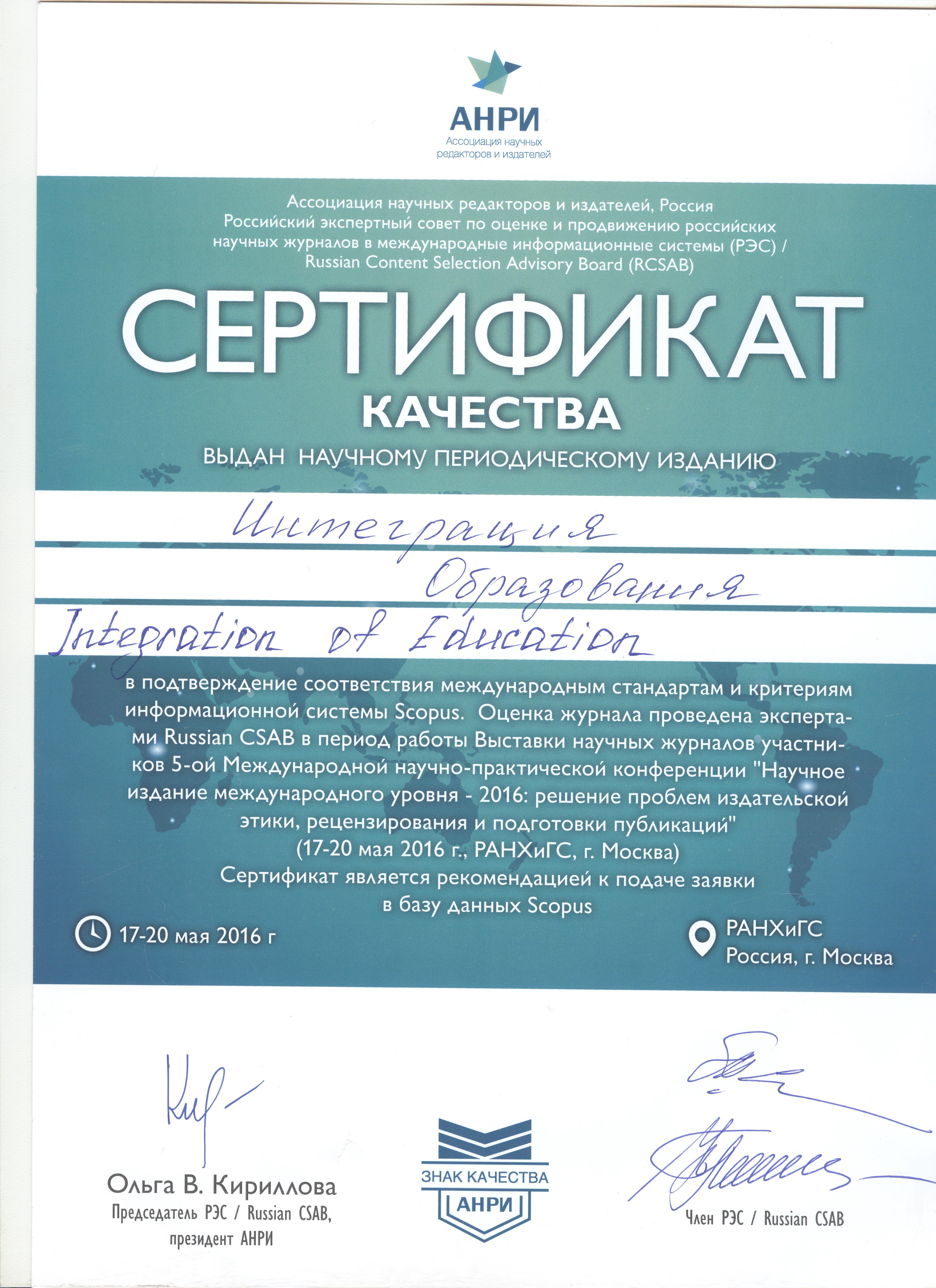УДК 378.147:544:002
DOI: 10.15507/1991-9468.081.019.201504.056
DEALING WITH ARTISTIC AND IMAGINATIVE TASKS IN THE DEVELOPMENT OF A LABORATORY PRACTICUM ON PHYSCOLLOIDAL CHEMISTRY (ANALOGY WITH ARCHITECTURE)
Khekalo Tatyana Valentinovna
(associate professor, Chair of Chemistry, Far Eastern State Medicine University (35, Muravyov-Amursky Str., Khabarovsk, Russia), Ph.D. (Chemistry), This email address is being protected from spambots. You need JavaScript enabled to view it.)
Postmodernism is the mainstream of modern philosophy, culture, aesthetics, art and science. Objectively, it marks a new stage in the development of society, culture, and forms of scientific knowledge. An illustration of this new phase is the research of the aesthetic dimension of mathematics, physics, biology and metallurgy. The first argument in favor of studying the aesthetic dimensions of natural and technical Sciences, that all scientific knowledge, formulas, theories, models, are created by scientists under the influence of aesthetic traditions, in a certain cultural field, taking into account their own aesthetic emotions, feelings, needs, values. The second argument is that the perception and the art and science conventicle, it depends on the aesthetic of the installation the spectator-observer, from his interests, tastes. Man not only thinks, he feels. In this work the attempt of studying the aesthetic dimensions of physical and colloid chemistry. The author in the creation of a laboratory practicum on physcolloidal chemistry set and resolved some artistic and imaginative tasks. An analogy of the design of laboratory experiments design of architectural forms. It is shown that in the process of establishing a laboratory practical work the teacher has to solve several problems; for example, functional-technological, economic and artistic-shaped. Analyzed is artistic and imaginative tasks. It is proved that the designing of laboratory works on physcolloidal chemistry must take into account the laws of formation (tectonics) and the laws of the psychology of visual perception. The influence of tectonics physical and chemical objects on the psycho-emotional state of the experimenter-audience-the student is explored. The paper shows a special role of architecture as the most synthetic of all arts, as well as “ancestor” trends of postmodernism. Applied are fundamental laws of visual perception to improve the aesthetic, emotional perception of the physical and chemical features. The fundamental laws of morphogenesis applied to new, “non-linear” objects that were not previously studied in the course physcolloidal chemistry for medical schools. It is shown that the physico-chemical objects – dendrites-crystals and, lizeganga rings – have the mode of existence of the architectural object. The article shows how to take into account the tectonics and the principle of two cones in the design of laboratory works on physcolloidal chemistry.
Keywords: physcolloidal chemistry; laboratory practice; laws formation; psychology of perception; tectonics; physical and chemical objects
For citation: Khekalo T. V. Dealing with artistic and imaginative tasks in the development of a laboratory practicum on physcolloidal chemistry (analogy with architecture). Integratsiya obrazovaniya = Integration of Education. 2015, vol. 19, no. 4, pp. 56–65. DOI: 10.15507/1991-9468.081.019.201504.056








